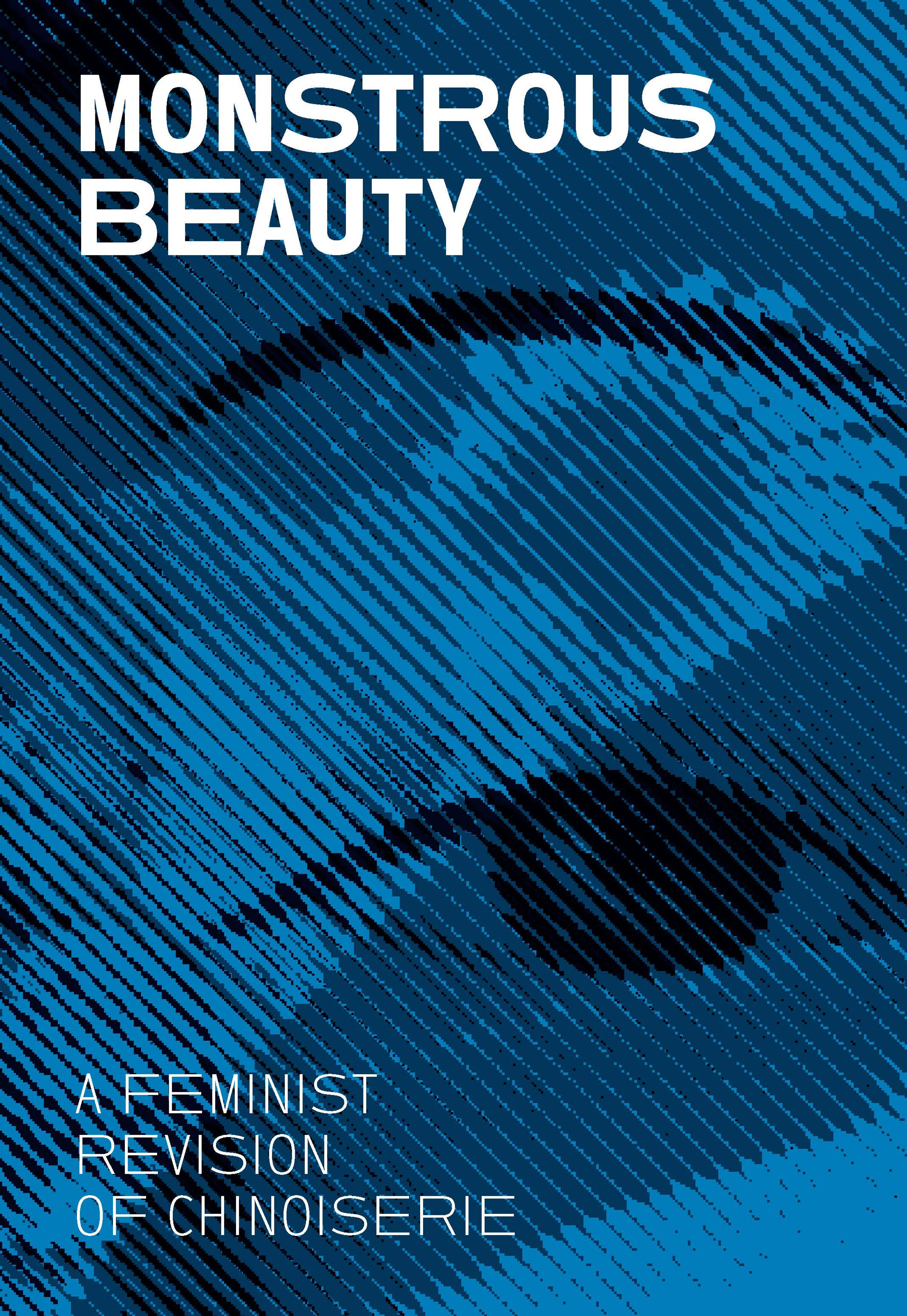Burning of the "Factories" in Canton
Artwork Details
- Title: Burning of the "Factories" in Canton
- Artist: Chinese Painter
- Date: 19th century
- Culture: American
- Medium: Oil on copper
- Dimensions: 4 3/4 x 6 3/8 in. (12.1 x 16.2 cm)
- Credit Line: Rogers Fund, 1956
- Object Number: 56.143
- Curatorial Department: The American Wing
Audio

516. America
Burning of the “Factories” in Canton, 19th Century
MICHELLE ZAUNER (NARRATOR): By the early-1800s, China had become an obsession for Americans.
IRIS MOON: So, they send out ships to Canton because they wanted access to tea. And one of the first ships that they sent out was the Empress of China.
ZAUNER: What followed was a wave of enterprising merchants who would set sail during the trading season.
MOON: Alongside the porcelain and the tea, textiles, the lacquer, and the spices that they brought back was opium.
ZAUNER: The illegal opium trade was established at the end of the 1700s, when the British sought an alternative commodity to offer the Chinese in exchange for tea because they did not have enough silver.
Here, you see an oil on copper painting showing a set of factories. These are the Hongs, which were heavily regulated trading sites in Canton. They’re on fire, reminding viewers of Chinese officials’ attempts to seize and burn the opium being brought by merchants from the West just before the Opium War.
MOON: I think what's interesting about the American context is that there was no royalty officially sanctioning trade with the East. It was all merchant families who made their money from participating in the China trade. In fact, a lot of the early porcelain that you see that comes to America, instead of the royal crests or the family coat of arms that you see on British armorial ware, much of that is replaced by shields, eagles, patriotic symbols that are coupled with monograms.
ZAUNER: What, though, is patriotism worth in a nation built on prejudice?
MOON: It’s really in America where you see the kind of eighteenth-century context of the racialization of porcelain acquire a kind of menacing aspect, particularly in the nineteenth century. Not only in the context of the Civil War and what comes in the aftermath of the Civil War, but also with the Chinese Exclusion Act, which essentially says you cannot enter America because of your race and because of where you come from.
More Artwork
Research Resources
The Met provides unparalleled resources for research and welcomes an international community of students and scholars. The Met's Open Access API is where creators and researchers can connect to the The Met collection. Open Access data and public domain images are available for unrestricted commercial and noncommercial use without permission or fee.
To request images under copyright and other restrictions, please use this Image Request form.
Feedback
We continue to research and examine historical and cultural context for objects in The Met collection. If you have comments or questions about this object record, please contact us using the form below. The Museum looks forward to receiving your comments.
